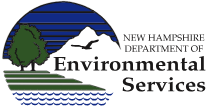Permit Assistance
Find resources to complete wetland and shoreland permit applications, including forms, checklists and worksheets.
Projects that involve excavation, fill, dredge, removal, and/or construction of structures in or on any bank, flat, marsh, or swamp in or adjacent to wetlands and waterbodies often require wetlands permit application forms or authorizations. Requirements can range from simple notification to fuller demonstration of avoidance and minimization including alternative analyses and supporting documentation.
Permitting eligibility and requirements are specified in state statute (RSA 482-A) and state administrative rules (Env-Wt 100-900).
For help using the state Natural Heritage Bureau's DataCheck tool ahead of your permit application, please watch this short video.
For additional help or questions on proposed projects in or near state jurisdictional areas such as wetlands, you can request technical assistance, email lrm@des.nh.gov or call (603) 271-2147 and ask to speak with the Inspector of the Day.
Permit Applications and Project Worksheets
Permits and authorizations vary significantly by proposed project type. Use the "checklists" included with application forms to confirm you have included all required attachments.
Processing Wetlands Permit Applications
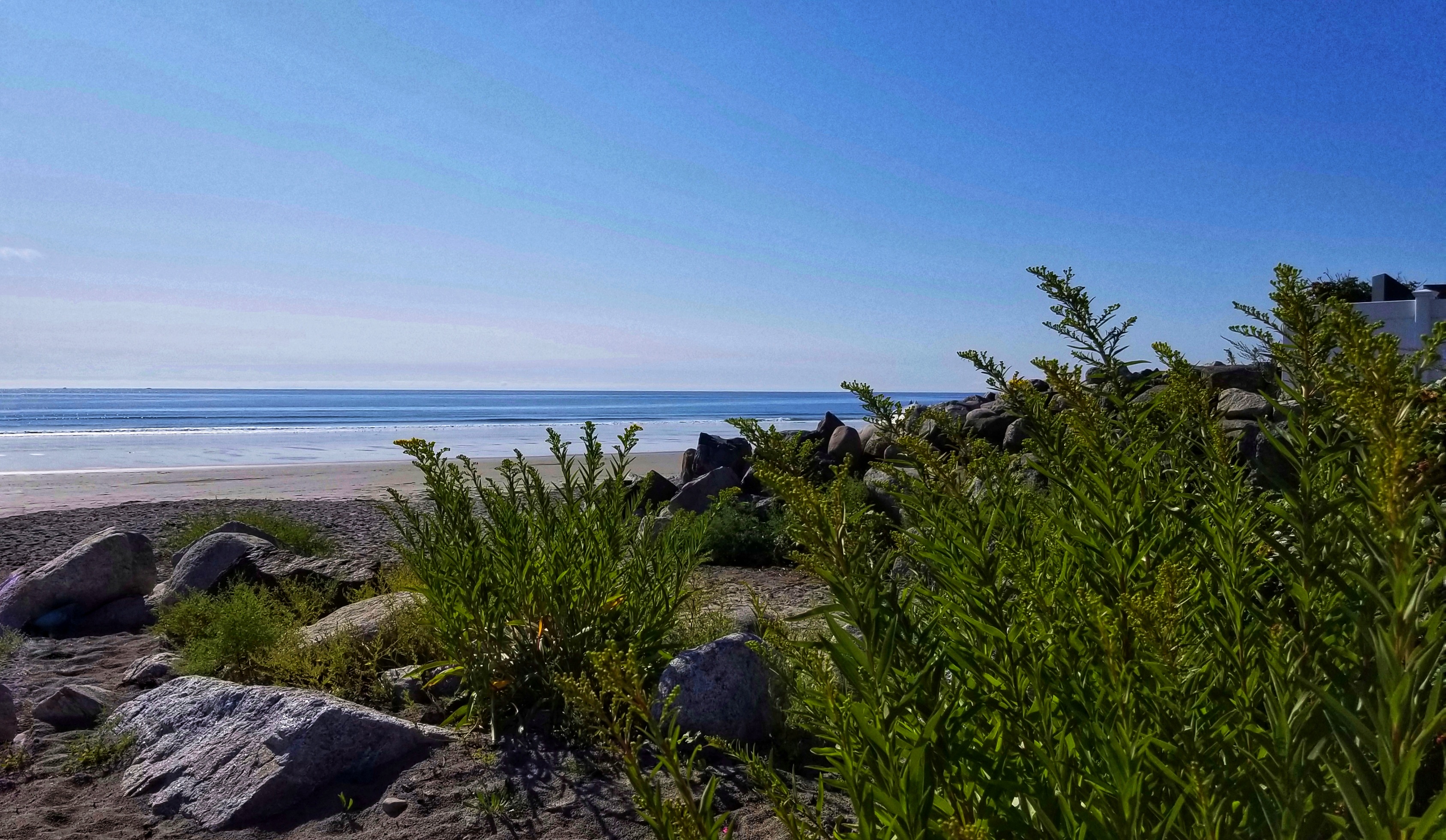
Processing Permit Applications
In Land Resources Management, we work to process permit application packages promptly and consistently. A team of cross-trained administrators staffs our Application Receipt Center and reviews each application.
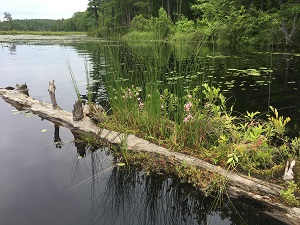 Acceptance and technical review
Acceptance and technical review
We "accept" permit application packages that include all required elements. Applicants receive a letter confirming this acceptance. Next, technical staff review the application for compliance with all applicable standards. They confirm it fulfills all requirements specified in state statutes and rules.
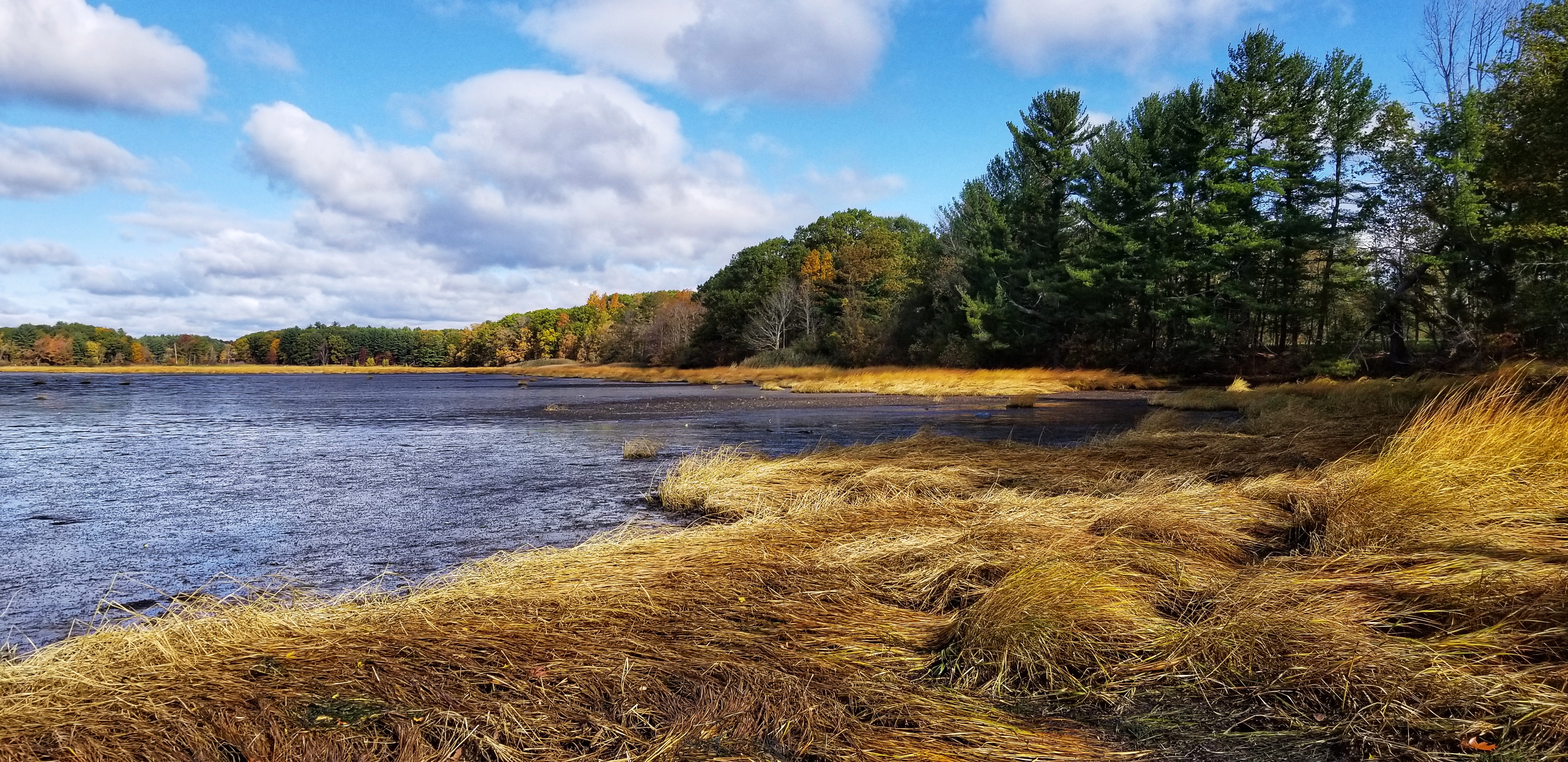
Incomplete Application Notifications
If your application package is missing any required elements, it is incomplete. We will notify you by mail or email, including names of the missing elements and instructions on how to resubmit your completed application. You must also provide copies of missing or modified elements of application packages to the municipal clerk and to any others required by state statute or rule. We will also copy the municipal clerk in the city or town where your proposed project is located.
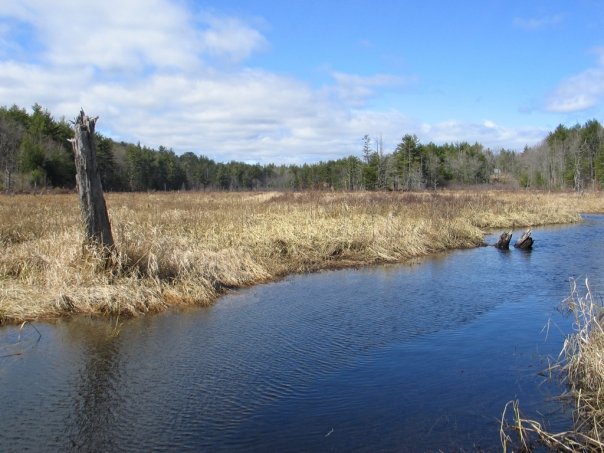
Immediate Compliance Review
Registrations and notifications that include all required elements are considered administratively complete. They are identified this way on OneStop and receive immediate compliance reviews. Certain notifications, such as Wetlands Seasonal Dock, Forestry Standard Permits by Notification and Wetlands Permits by Notification also receive confirmatory generic permits by mail.
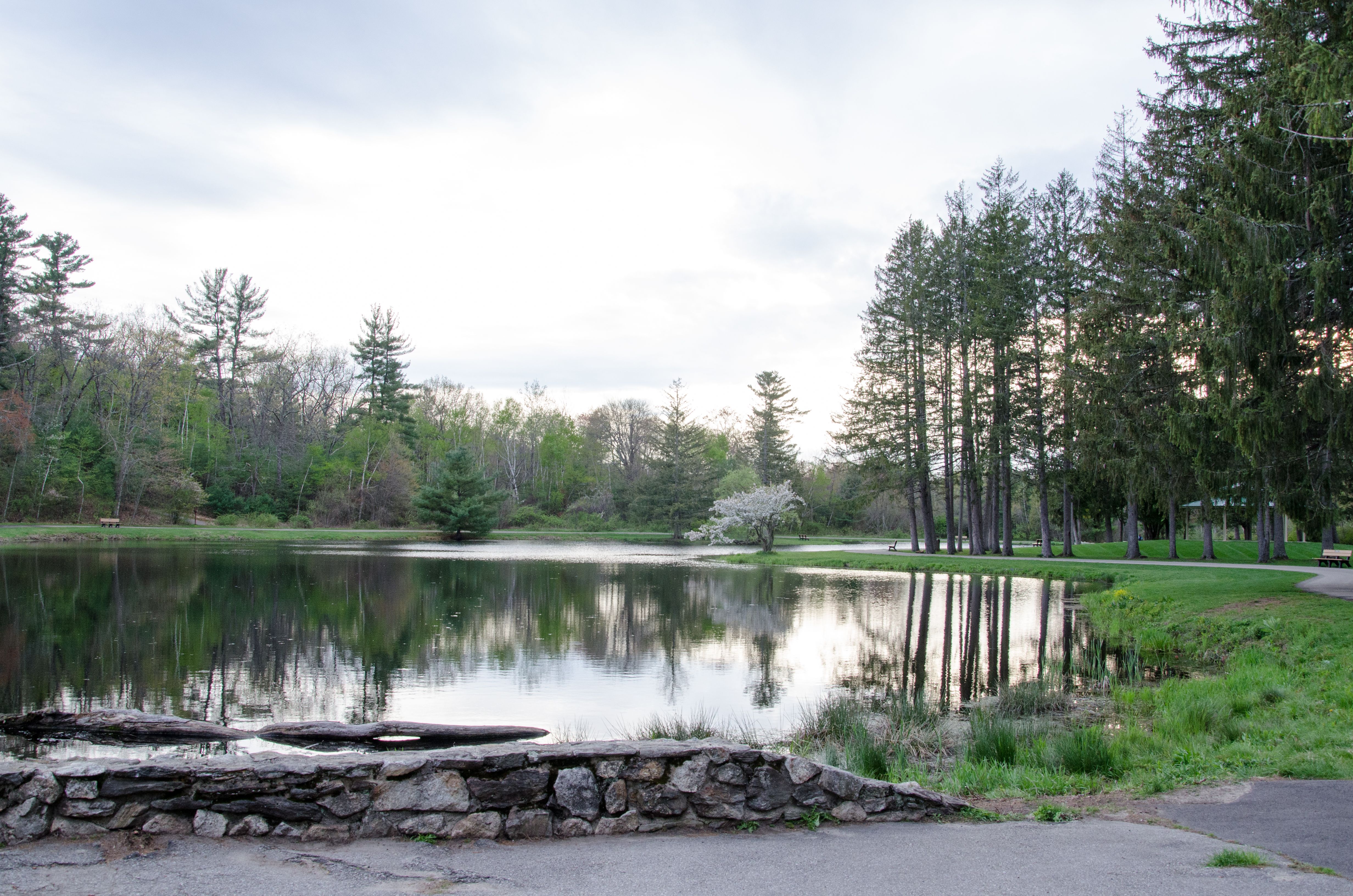
Incomplete Registrations and Notifications will be rejected
Registrations and Notifications missing the required elements will be considered incomplete. The ARC will notify the applicant of the determination, via First Class mail, identifying the missing elements and describing how to resubmit the notification package to NHDES. Incomplete registrations or notifications are identified as such on NHDES OneStop. Incomplete Wetlands and Shoreland PBNs are rejected. The ARC will notify the applicant, via First Class mail of the determination, identifying the missing elements.
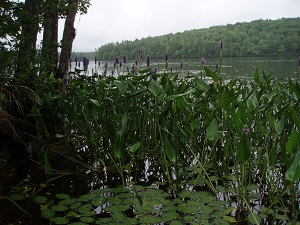 Check Permit Application Status
Check Permit Application Status
Check the status of applications, registrations or notifications in "OneStop" where we also post weekly decision reports.
Overlapping Jurisdictions
-
Federal: U.S. Army Corps of Engineers (USACE)
For activities regulated by "Corps" and NHDES jurisdiction, the USACE NH General Permit (GP) helps minimize duplication between state and federal regulatory review. For your convenience, an appendix is included with the NHDES Wetlands Standard Permit Application and Permit by Notification forms: Appendix B - Corps Secondary Impacts Checklist. -
State: New Hampshire Division of Historical Resources (NHDHR)
As required by General Condition #8 of the General Permit (GP), and Section 106 of the National Historic Preservation Act (NHPA), applicants must consult with the State Historic Preservation Officer (SHPO) to ensure all authorized activities will not adversely affect properties listed on, determined to be eligible for listing on, or potentially eligible for listing on the National Register of Historic Places, including previously unknown historic sites within the project area. Please send a Request for Project Review to the state Division of Historical Resources.
Wetland Permit Applications: Tips for Your Planning and Design Phase
If you are a New Hampshire agent or homeowner in the planning and design phase of a proposed project in or near wetlands, here are some tips on getting better project results when filing your standard dredge and fill wetlands permit application. (Runtime 5:50)
Using the Natural Heritage Bureau DataCheck Tool as a Wetlands Permitting Resource
This short video offers an overview of the New Hampshire Natural Heritage Bureau’s DataCheck Tool for checking records on rare species and natural communities. It features top tips based on stakeholders’ frequently asked questions. (Runtime 10:42)


